Rising Incidence of Chronic Diseases
The medical x-ray market in Germany is experiencing growth due to the increasing prevalence of chronic diseases such as cancer and cardiovascular conditions. According to recent health statistics, chronic diseases account for approximately 70% of all deaths in the country. This trend necessitates advanced diagnostic tools, including x-ray imaging, to facilitate early detection and treatment. As healthcare providers seek to improve patient outcomes, the demand for medical x-ray services is likely to rise. Furthermore, the aging population in Germany, which is projected to reach 23 million individuals aged 65 and older by 2030, further amplifies the need for effective diagnostic imaging solutions. Consequently, the medical x-ray market is positioned to expand as healthcare systems adapt to these demographic shifts and the associated healthcare demands.
Growing Awareness of Diagnostic Imaging
There is a notable increase in public awareness regarding the importance of diagnostic imaging in Germany, which is positively influencing the medical x-ray market. Educational campaigns and initiatives by healthcare organizations have emphasized the role of x-ray imaging in early disease detection and management. This heightened awareness is likely to lead to more patients seeking medical consultations and diagnostic services. Furthermore, the integration of x-ray imaging in routine health check-ups is becoming more common, as individuals recognize its value in preventive healthcare. As a result, the medical x-ray market may witness a surge in demand, driven by informed patients who prioritize their health and seek timely diagnostic solutions.
Investment in Healthcare Infrastructure
Germany's commitment to enhancing its healthcare infrastructure significantly impacts the medical x-ray market. The government has allocated substantial funding, estimated at €3 billion, to modernize healthcare facilities and integrate advanced medical technologies. This investment aims to improve diagnostic capabilities and patient care, thereby increasing the adoption of medical x-ray systems. Hospitals and clinics are likely to upgrade their imaging equipment to meet the growing demand for accurate diagnostics. Additionally, the establishment of new healthcare facilities in underserved areas is expected to drive the utilization of medical x-ray services. As a result, the medical x-ray market is poised for growth, supported by a robust healthcare infrastructure that prioritizes technological advancement and accessibility.
Regulatory Framework and Quality Standards
The regulatory framework governing the medical x-ray market in Germany plays a crucial role in shaping industry dynamics. Stringent quality standards and safety regulations ensure that medical x-ray equipment meets high performance and safety criteria. The Federal Office for Radiation Protection (BfS) oversees compliance with these regulations, fostering a culture of safety and quality in diagnostic imaging. As healthcare providers prioritize patient safety and adhere to these standards, the demand for certified medical x-ray systems is likely to increase. Additionally, ongoing training and certification programs for radiology professionals contribute to maintaining high-quality imaging practices. This regulatory environment not only enhances the credibility of the medical x-ray market but also encourages continuous improvement and innovation within the industry.
Technological Innovations in Imaging Techniques
The medical x-ray market is benefiting from ongoing technological innovations that enhance imaging techniques and improve diagnostic accuracy. Advancements such as digital radiography and computed tomography (CT) are revolutionizing the way x-ray images are captured and analyzed. These technologies offer superior image quality, reduced radiation exposure, and faster processing times, making them increasingly attractive to healthcare providers. In Germany, the adoption of these advanced imaging systems is likely to grow, as hospitals and clinics strive to provide high-quality care. Moreover, the integration of artificial intelligence in image analysis may further streamline workflows and enhance diagnostic capabilities. Consequently, the medical x-ray market is expected to expand as healthcare facilities invest in cutting-edge technologies to meet evolving patient needs.


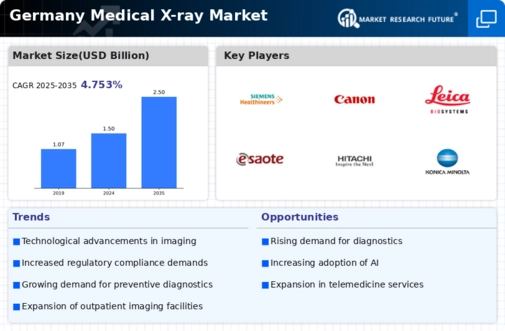
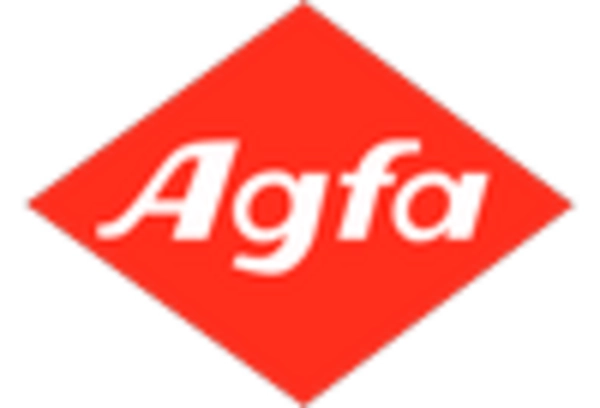
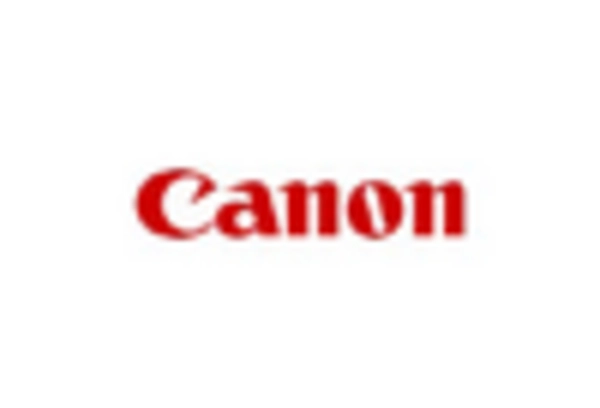
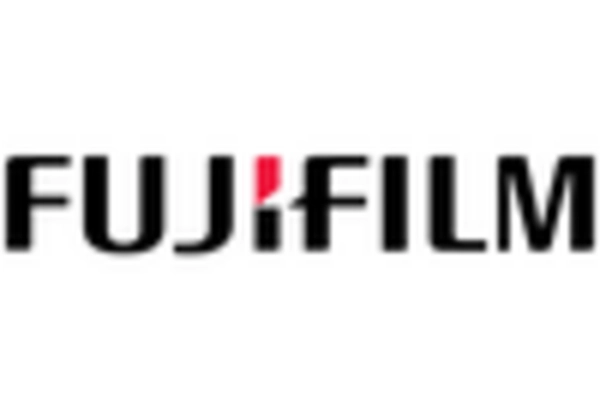
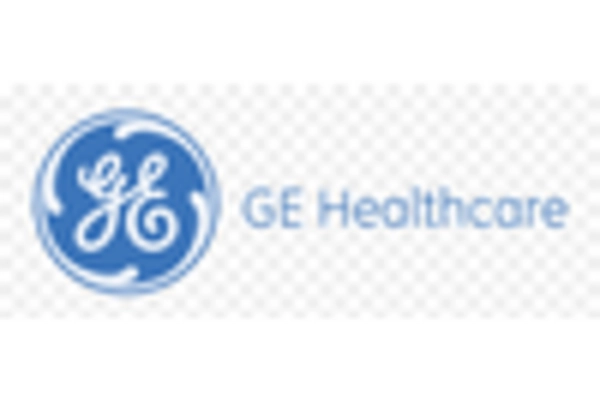
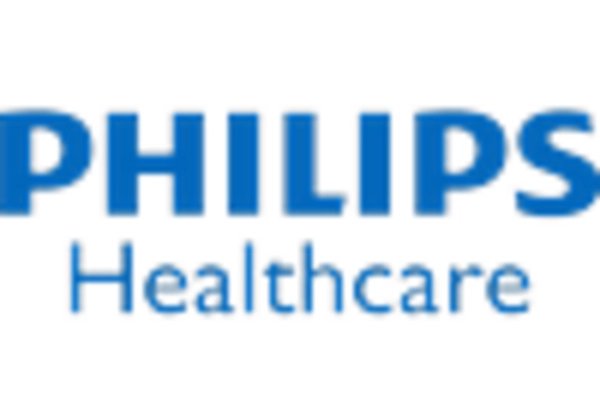









Leave a Comment